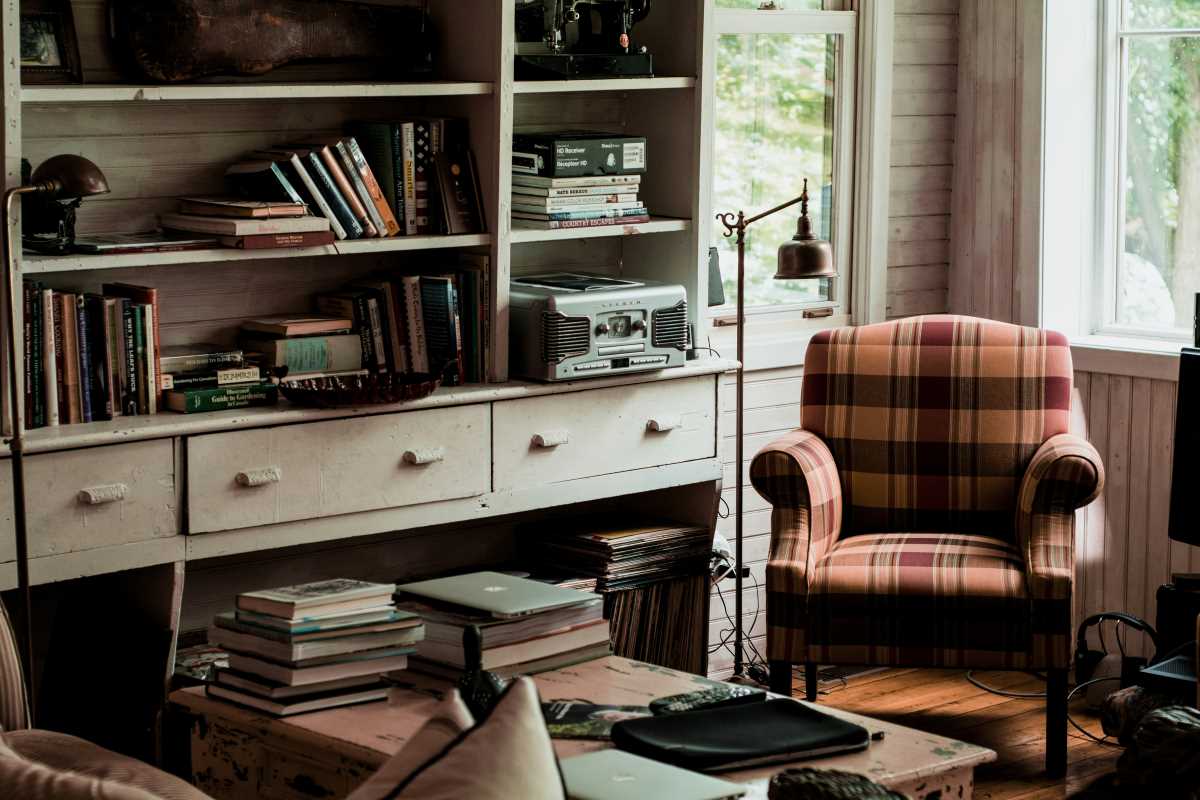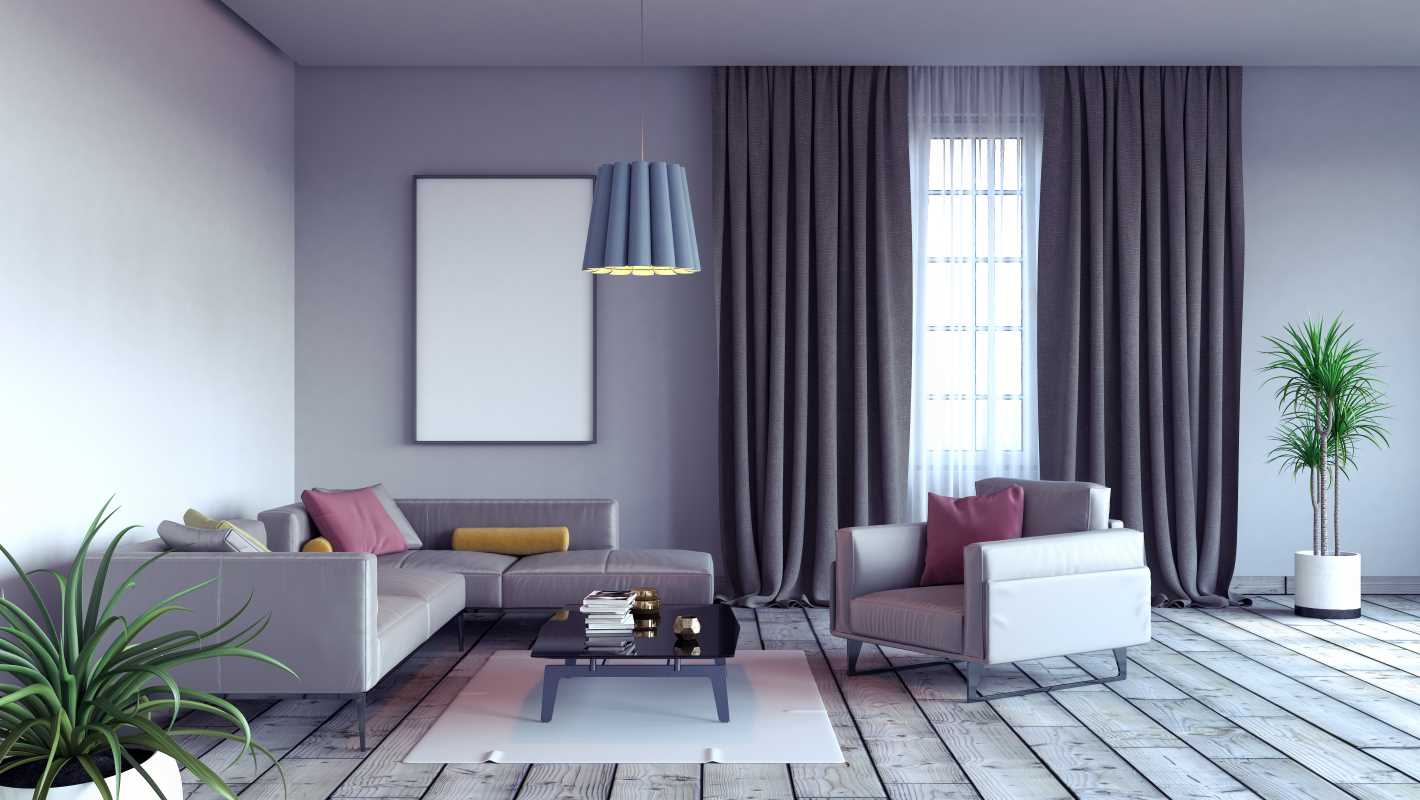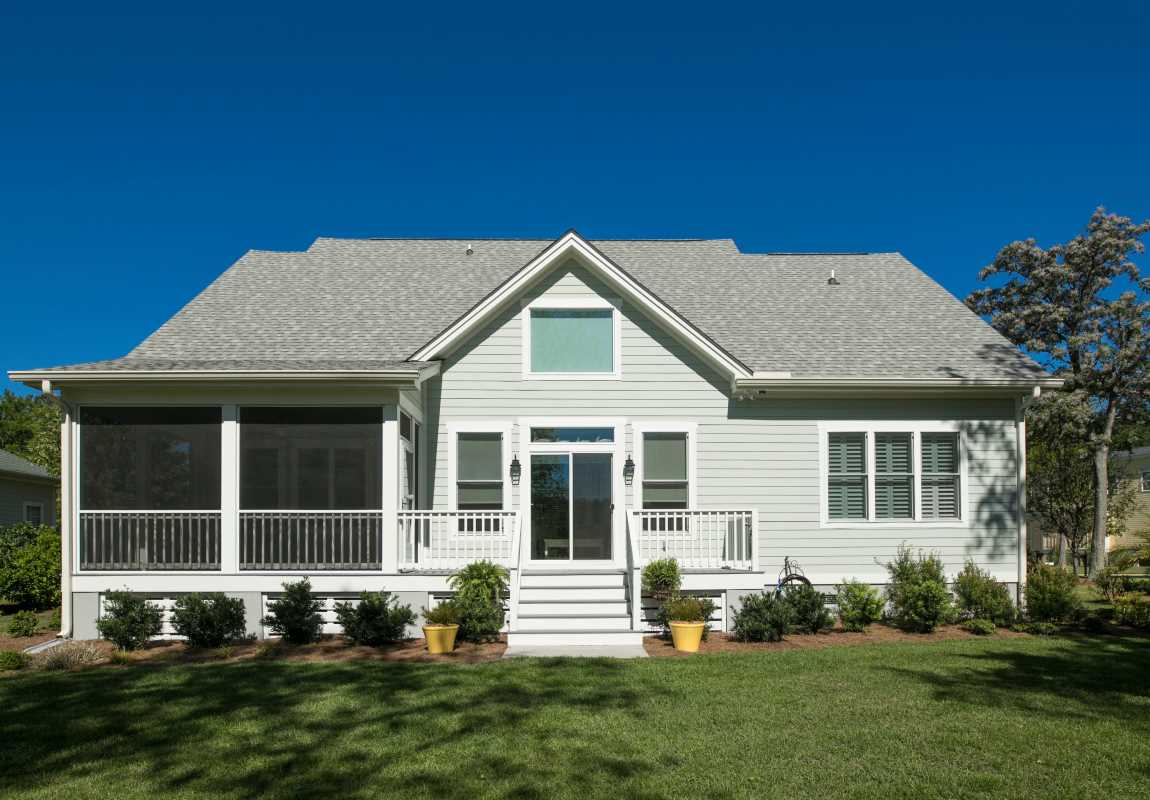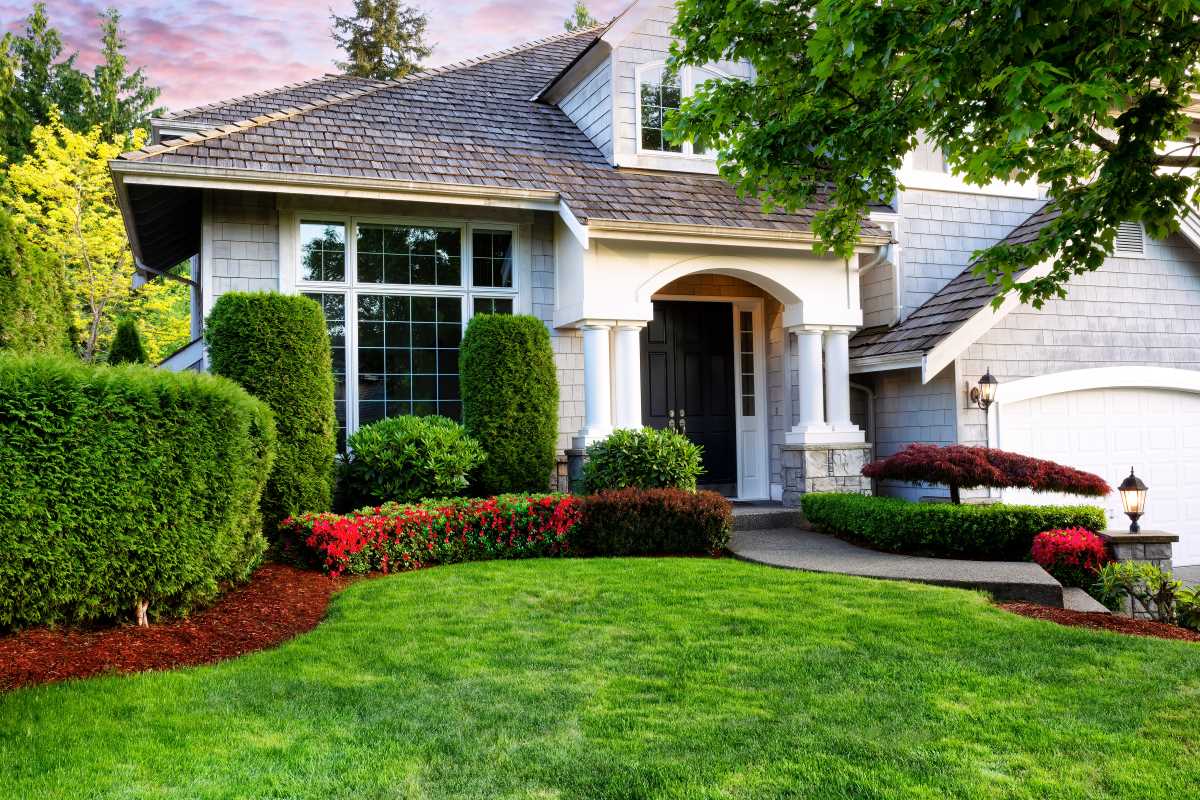Whether you are a seasoned environmental enthusiast or just looking to reduce your carbon footprint, creating an eco-friendly home design is a fantastic way to make a positive impact on the planet. By incorporating sustainable practices and materials into your living space, you can contribute to a healthier environment for yourself and future generations. From energy-efficient lighting to natural insulation, here are some tips for designing a sustainable home that not only benefits the environment but also enhances your quality of life.
When it comes to eco-friendly home design, one key aspect to consider is energy efficiency. Opt for energy-efficient appliances, LED light bulbs, and smart thermostats to reduce your energy consumption and lower your utility bills. These eco-friendly alternatives not only save you money in the long run but also help to decrease your home's carbon footprint. By making simple switches in your home, you can significantly reduce your energy usage and make a positive impact on the environment.
Incorporating natural materials into your home design is another essential step towards creating a sustainable living space. Choose renewable resources such as bamboo flooring, reclaimed wood, and recycled glass for your furnishings and decor. These materials not only add a unique and stylish touch to your home but also support sustainable practices in the construction industry. By opting for natural materials, you can reduce the environmental impact of your home design and promote a healthier living environment for you and your family.
Water conservation is another crucial element to consider when designing an eco-friendly home. Install low-flow faucets and showerheads, as well as water-saving toilets and appliances to minimize water usage in your household. Additionally, consider implementing a rainwater harvesting system to collect and reuse rainwater for gardening and other non-potable purposes. By reducing your water consumption and utilizing alternative water sources, you can help conserve this precious resource and contribute to a more sustainable way of living.
When it comes to sustainable home design, indoor air quality is a significant factor to take into account. Opt for eco-friendly paints, sealants, and adhesives that are low in volatile organic compounds (VOCs) to improve the air quality in your home. Incorporate houseplants into your decor to naturally filter the air and remove harmful toxins, creating a healthier living environment for you and your family. By focusing on indoor air quality, you can enhance the comfort and well-being of your home while reducing your environmental impact.
To further enhance the sustainability of your home design, consider implementing energy-efficient heating and cooling systems. Install a programmable thermostat to regulate your home's temperature and reduce energy waste. Proper insulation and sealing of doors and windows can also improve the efficiency of your HVAC system and lower your energy consumption. By investing in energy-efficient heating and cooling solutions, you can create a more comfortable living environment while reducing your carbon footprint.
Lastly, don't forget to incorporate renewable energy sources into your eco-friendly home design. Consider installing solar panels on your roof to generate clean and sustainable energy for your household. Solar power not only reduces your electricity bills but also allows you to take advantage of renewable energy sources to power your home. By harnessing the power of the sun, you can reduce your reliance on fossil fuels and decrease your carbon emissions, making a positive impact on the environment.
In conclusion, creating an eco-friendly home design is a rewarding and impactful way to contribute to a more sustainable future. By incorporating energy-efficient practices, natural materials, water conservation strategies, and renewable energy sources into your living space, you can reduce your environmental footprint and create a healthier home for you and your family. Making small changes in your home design can have a significant positive impact on the planet, so why not start today and make your living space more sustainable and eco-friendly?
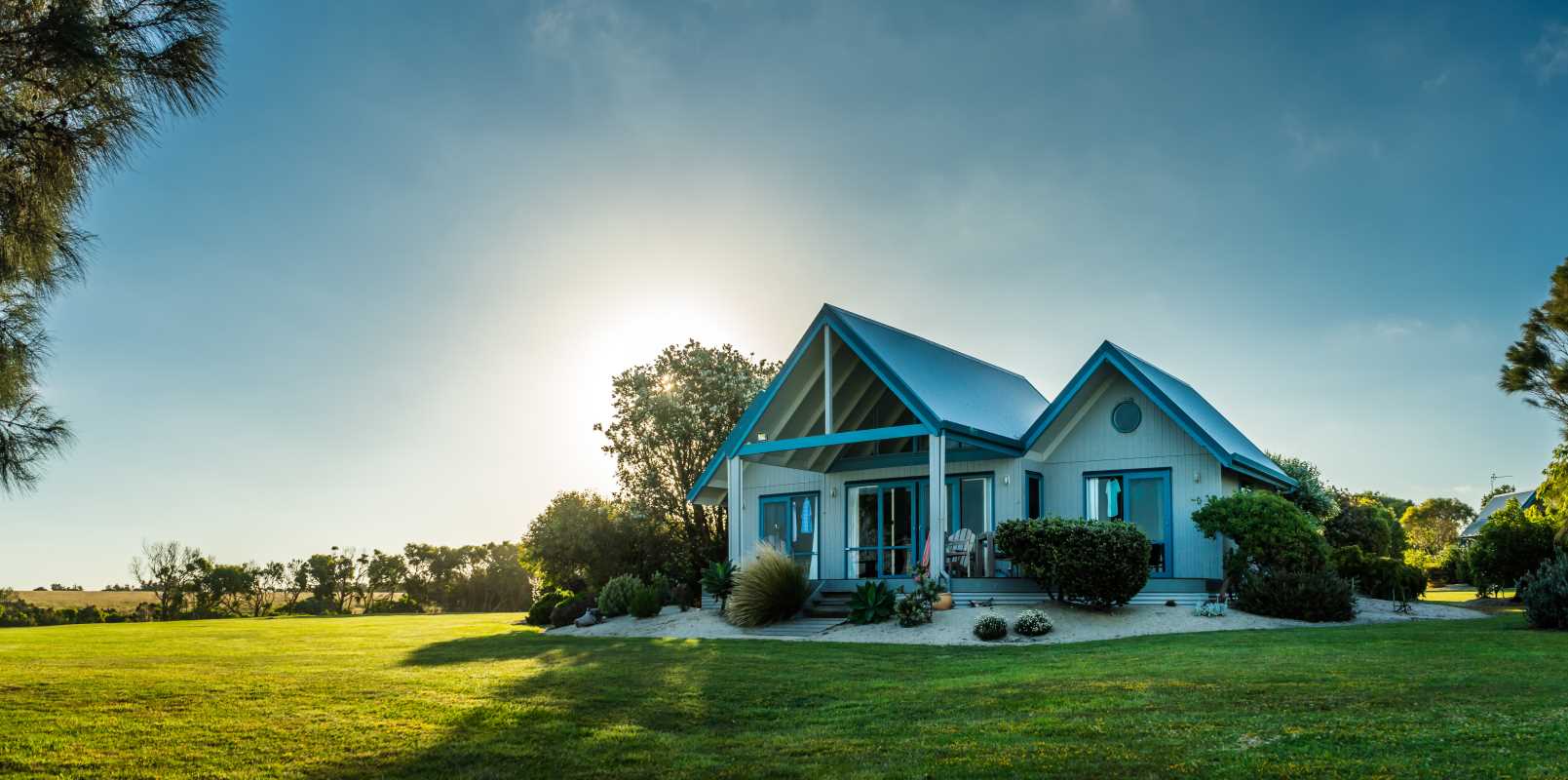 (Image via
(Image via

